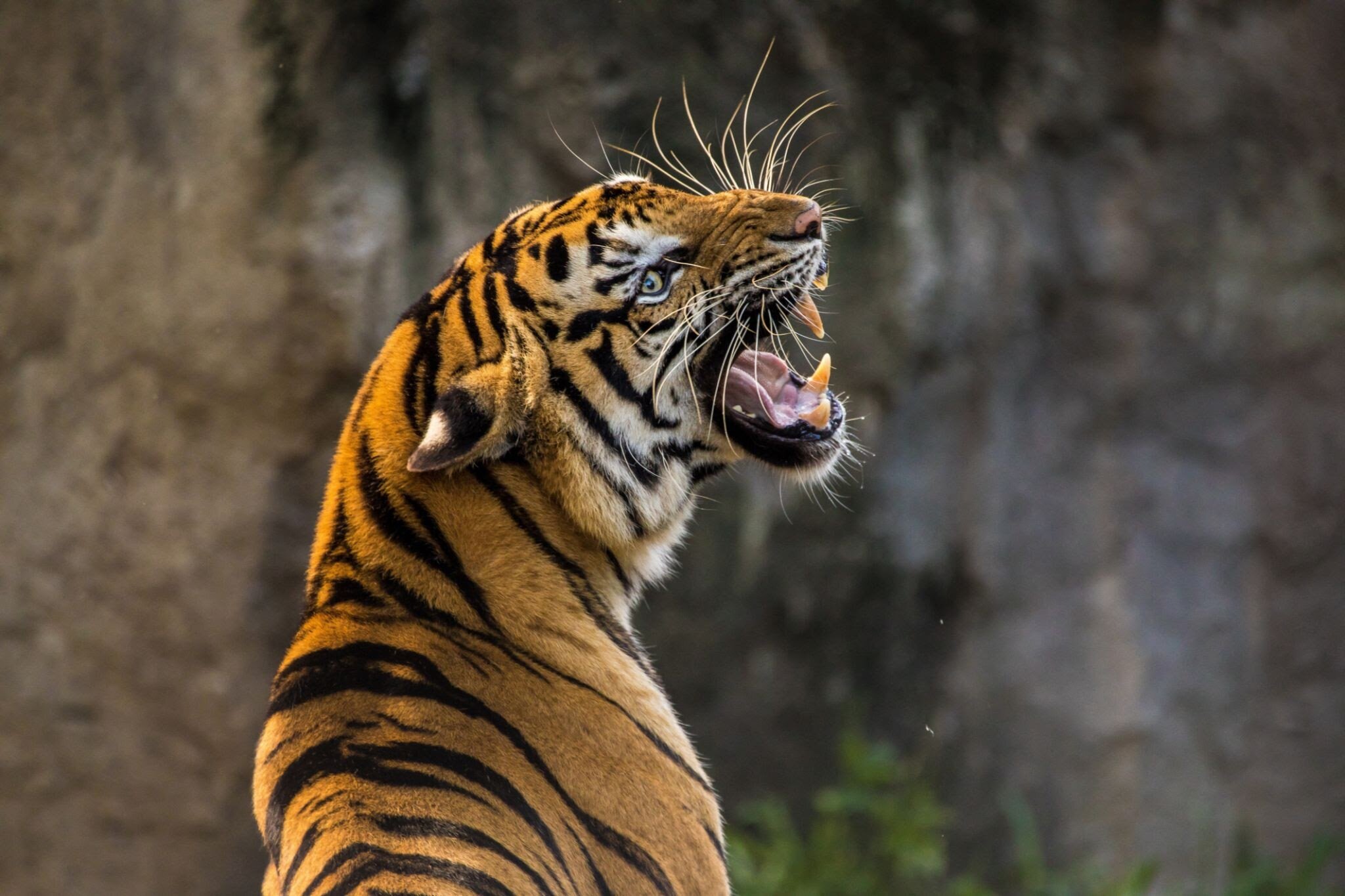-
Posts
6,693 -
Joined
-
Last visited
Content Type
Profiles
Blogs
Forums
American Weather
Media Demo
Store
Gallery
Everything posted by George001
-
I have been following off and on the past couple of days. A couple days ago I saw the models had the low deepening to the 980s or 970s, but it’s already in the 970s now and is still over a day from expected landfall. It appears that the models drastically underestimated the strength of the low.
-
Agree, the probability of a +PDO this winter is equivalent to the probability of the Patriots winning the superbowl this year.
-
I buy the general idea (a sharp gradient of AN snows north of that and BN snows south). However, a 500 mile shift in either direction for the location of the gradient would make a huge difference.
-
On a science based board where the goal should be the pursuit of knowledge and truth, this matters A LOT.
-
This is another reason why im not a fan of the simplistic “x analog is snowy here, y analog isn’t” approach. It’s more complicated than that. Luck is a huge factor when it comes to snowfall totals. A good example is 2016-2017, that winter was something like +4 AN, yet snowfall was slightly above average. I suspect a repeat of that exact same pattern would lead to a significantly worse outcome more often than not, we just happened to cash in on just about every window of opportunity. 2022-2023 is another example but on the opposite end, repeat that pattern and I would expect a snowier outcome in December and March.
-
Yeah March is a winter month in New England, the blocking started in early March in 2018 too. In mid March we had a massive blizzard.
-
That’s where I’m at, +NAO/la Nina combo isn’t ideal, but it’s not a death sentence. I’m more concerned about avoiding MJO 4-6 for at least half of the winter. Even a -NAO isn’t guaranteed snow if the pacific doesn’t cooperate. Can’t snow without sufficient cold air.
-
Doesn’t BOM have a warm bias? It predicted the Nino to be a super event rivaling 2016 last year. While the Nino did end up becoming a very powerful event, it was not on par with 2016/1998. It was more in line with 57-58, 72-73, etc (high end strong/low end super). This is definitely something to watch.
-
I stand corrected. The east coast got screwed by the low running inland but like you said there are weenies living in the Midwest who got buried. I’m pretty sure the low that rain inland late Dec bringing 60 degree temps and flooding rains to the east coast gave areas like Chicago a blizzard.
-
While there was definitely bad luck that EVERYONE got screwed, I don’t like that setup for my area due to the + anomalies from the blocking extending into New England. South based blocks are bad news.
-
I hope Snowman comes back. Say what you want about him, but the guy knows his shit and backs up all his claims. Despite being a big snow weenie myself I can appreciate a logically sound argument in favor of a mild winter. Frankly it’s bullshit that he ever was post limited to begin with. That should be restricted to low IQ posters who spout unscientific bullshit.
-
That makes sense. For the anti super Nino composite to work we would essentially need a super east based Nina…. Which doesn’t exist due to the mechanics of how ninas develop.
-
Could 2010-2011 fall in this category? Strong Nina ONI, MEI peaked at -2.4, and was still -1.8 by Dec-Jan.
-
Agreed, if anything if we actually do get a moderate ONI Nina we might even get a strong Nina response.
-
That’s fair, we haven’t had a cold and snowy December for a while. The main reason I would rather punt Dec and Mar than Jan and Feb is that is punting Dec and Mar while we get BN temps during peak climo would likely lead to a better outcome snowfall and retention wise. Of course, there is more to winter than just raw snowfall totals and retention, that’s just what I value the most.
-
For me it depends on how we get to it. If Dec and Mar torch while Jan and Feb are BN temp + AN precip, that would be great. If we lose Jan and Feb and get the cold in Dec and Mar, that would suck.
-
I wonder if the delay in La Niña development could be related to the slower than expected early hurricane season? Given that the La Niña situation looks like a case of delayed not denied rather than being a La Niña fail, things are lined up perfectly for a big late season as the Nina develops and strengthens (leading to weaker wind shear).
-
The big question is are we looking at say +2 or +5 DJF. We can get away with +2, and have had some good winters in that temp range. +5 on the other hand is a death sentence, that’s 2022-2023, 2011-2012 etc territory.
-
The warm risk in Ninas is sometimes the MJO gets stuck in phases 4-6. If that happens we are likely looking at a +6 AN month, possibly even warmer. Phases 4-6 are a DEATH SENTENCE for winter enthusiasts in the east. It’s a tough call, this isn’t developing as an east based event like 2017-2018, but it’s not developing as a modoki like 2011-2012 or 2022-2023. Sometimes the structure of an ENSO event can shift rapidly, like 2022-2023 went from basin wide to a modoki in early Jan, then the MJO camped out in phases 4-6 and that was it. What do you guys look alongside model projections as potential indicators for ENSO structure throughout the winter?
-
https://www.cpc.ncep.noaa.gov/products/CFSv2/imagesInd3/nino34Mon.gif latest CFS, mean of roughly -1.4C in the ENSO 3.4 region with a late Nov/early Dec peak.
-
The non Euro modeling was too cold, but things have been developing more quickly over the past couple of weeks. The weeklies are already in cold neutral territory for the enso 3.4 region (vs warm neutral about 3-4 weeks ago), and the negative subsurface anomalies have been strengthening again. I am extremely skeptical that the Euro will be right based on what has happened the past few weeks, as for it to be right the cooling in the ENSO 3.4 region needs to stall out for the next 4 months. Climatology doesn’t support that, historically after strong and super ninos you get la Nina’s, and they usually peak in late fall/early winter. Something I learned from tracking these past few years is climatology usually wins out.
-
Similar to how the models underestimated the strength of the El Niño last year, I suspect they are underestimating the strength of the Nina. A moderate Nina is more likely than cold neutral. That -1C subsurface is going to come up eventually. As for this trade surge, the cold is extending into regions 3.4 and 4, which supports your point that this event won’t be east based and is developing differently than 2017-2018.
-
I’m thinking a borderline weak/moderate ONI event that is basinwide as of right now. However, in the event that I’m wrong and the Nina fails to develop, what about 2012-2013 as a possible analog? That was a strongly -PDO (close to -3) summer, and the -PDO continued into winter. It was cold neutral too. Not saying we should expect the same results, but overall a less extreme version of last years warm + wet combo makes sense. Something like +2 to +3 AN temps instead of +5, and a wetter than average winter but drier than last year. Actually the more I look into it, the more I like your 2016-2017 analog.
-
When people are panicking, that’s when you buy. When you are seeing shit like “Buy Tesla, it’s up 100% in the past 6 months and is showing no signs of stopping”, you are too late.
-
I’m skeptical of that given the raging positive AMO (should enhance storms). If winter fails in the east, I suspect it will be due to +AN temps more so than lack of precip. AGW factor plays a big role of course, the warming oceans leads to a more favorable environment for severe storms.




